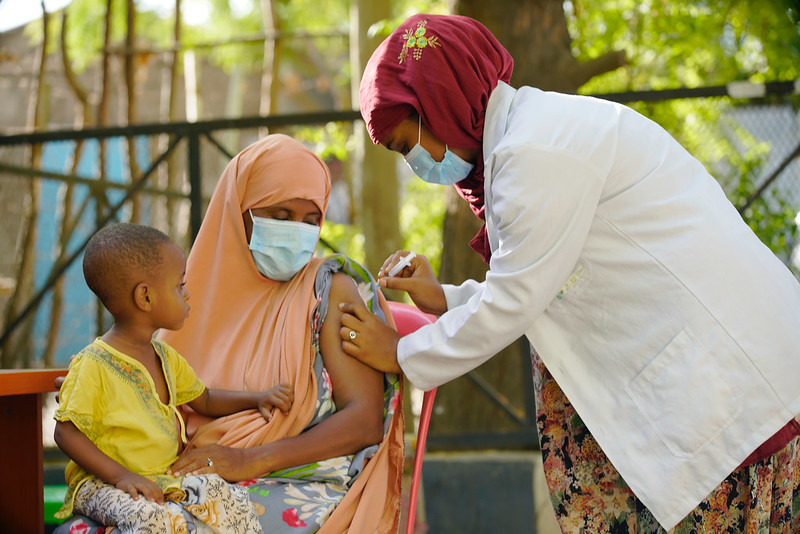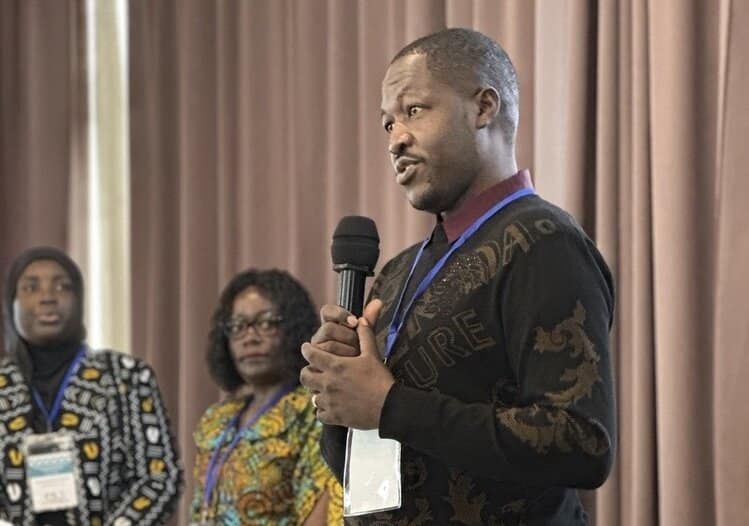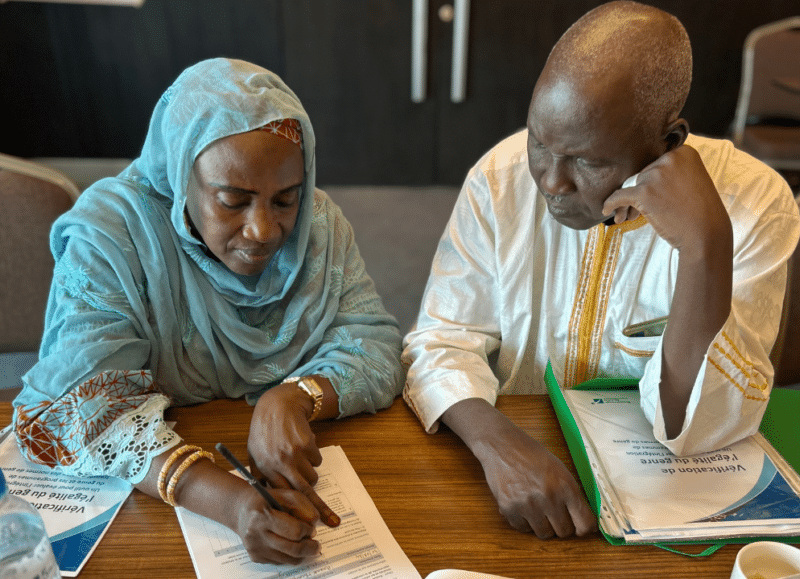In the United States, 53 percent of women have received a COVID-19 vaccine compared to 47 percent of men. But the disparity flips when you look at many low- and middle-income countries, where women are significantly less likely to say they will be vaccinated.
Often, this is due to harmful gender norms that keep women from accessing lifesaving vaccines.
In many parts of the world, women have less education than men, which could limit access to accurate vaccine information – and lead to more skepticism about the benefits of vaccination. In some settings, women cannot travel alone, raising another barrier to getting vaccinated. Also, in some places, the decision for a woman to vaccinate herself or her children belongs to a husband who could refuse to allow it. And women have fewer cell phones, creating a digital divide that keeps them from finding out what the vaccine is and how to get it.
The Johns Hopkins Center for Communication Programs has released a technical brief that recommends ways to integrate gender considerations in COVID-19 vaccine promotion efforts as part of the overall risk communication and community engagement pandemic response and to consider the role played by inequitable power dynamics and decision-making.
“Failure to address gender-related factors influencing vaccine hesitancy, confidence, acceptability, and access will be detrimental to achieving widespread vaccine uptake and herd immunity,” the authors write.
The CCP-led Breakthrough ACTION project is working in more than a dozen countries in Asia and Africa to help increase vaccine acceptance in a world where skepticism has gained a foothold during the COVID-19 pandemic.
Intentionally finding ways to target women and help them to both decide to be vaccinated and then get vaccinated is vital to stopping the spread of COVID-19. Since early 2020, there have been more than 222 million COVID cases worldwide and nearly 4.6 million people have been reported to have died of COVID, according to Johns Hopkins University. More than 5.5 billion doses of vaccine have been administered, but low- and middle-income countries have seen just a small percent of those doses.
A survey released this spring by CCP found that in Cameroon, for example, 32 percent of female respondents said they would accept a COVID-19 vaccine compared to 46 percent of male respondents. In Cote d’Ivoire, 54 percent of women said they’d accept one versus 63 percent of men. In the Philippines, it was 49 percent of women compared to 65 percent of men.
Widespread vaccination is critical to ending the pandemic and focusing specifically on the barriers that keep women from being vaccinated can help bridge the gender gap. Making sure women are at the table when designing outreach and communication campaigns is an important way to keep gender top of mind.
“Vaccination is not gender blind and we know that from previous vaccination campaigns,” says Joanna Skinner, one of the leaders of CCP’s gender work. “By paying attention to gender issues, you can have a greater impact in terms of behavior change.”
Among the recommendations made in the brief is that partners need to work together to agree on similar messaging on gender-based factors of COVID, including special concerns of pregnant and breastfeeding women. They also suggest that rumor tracking systems provide equal access for men and women to report what they are hearing, and that partnering with women’s organizations may be key to ensuring gender perspectives are considered and included in planning, design and monitoring of vaccine acceptance pushes.





